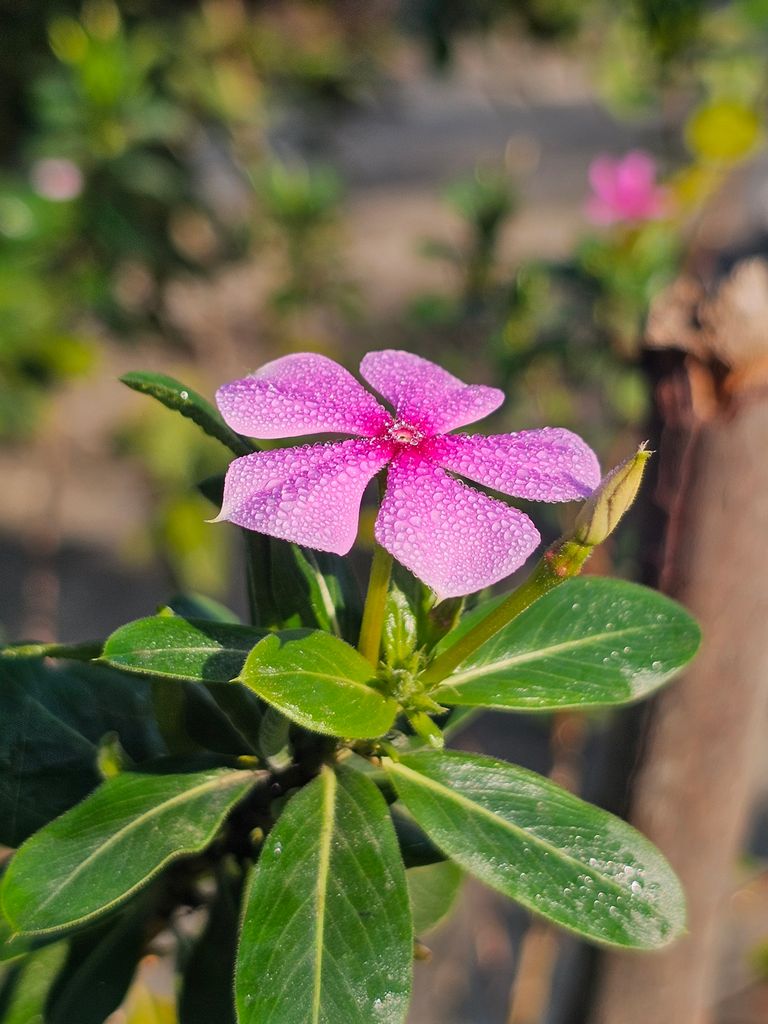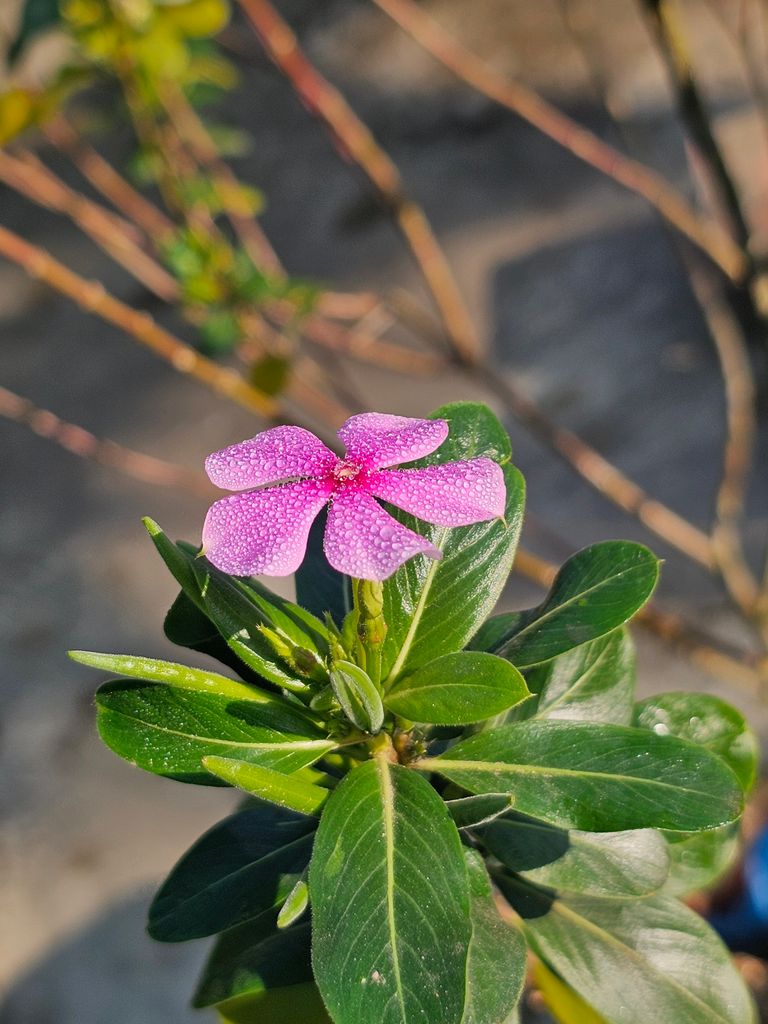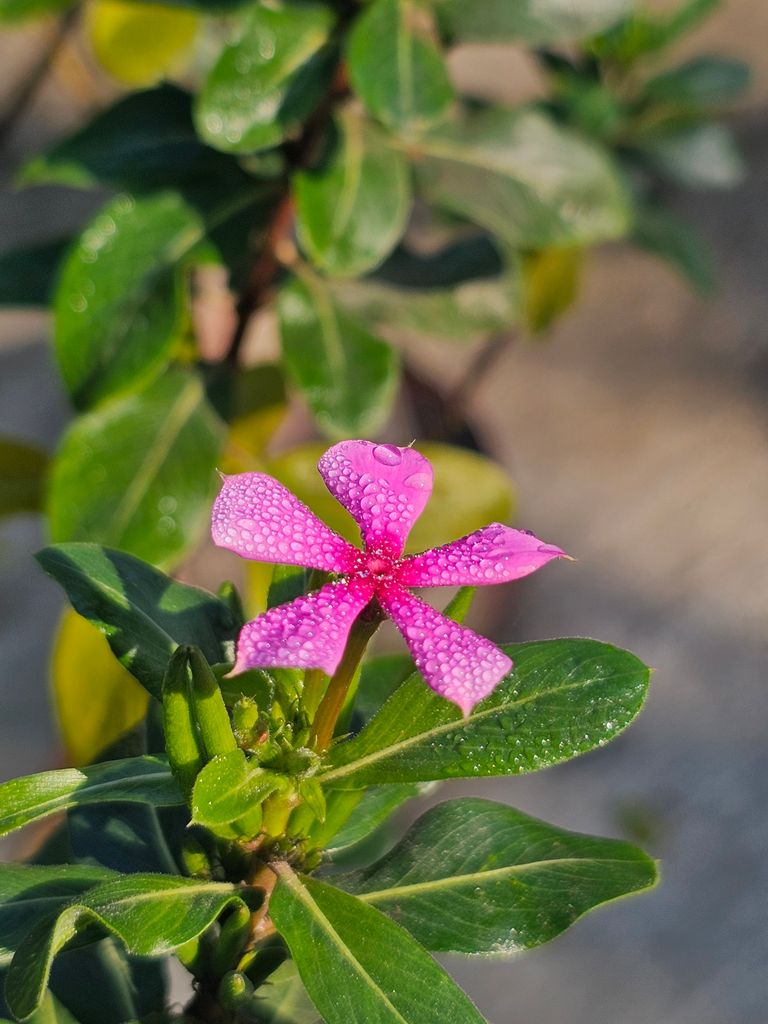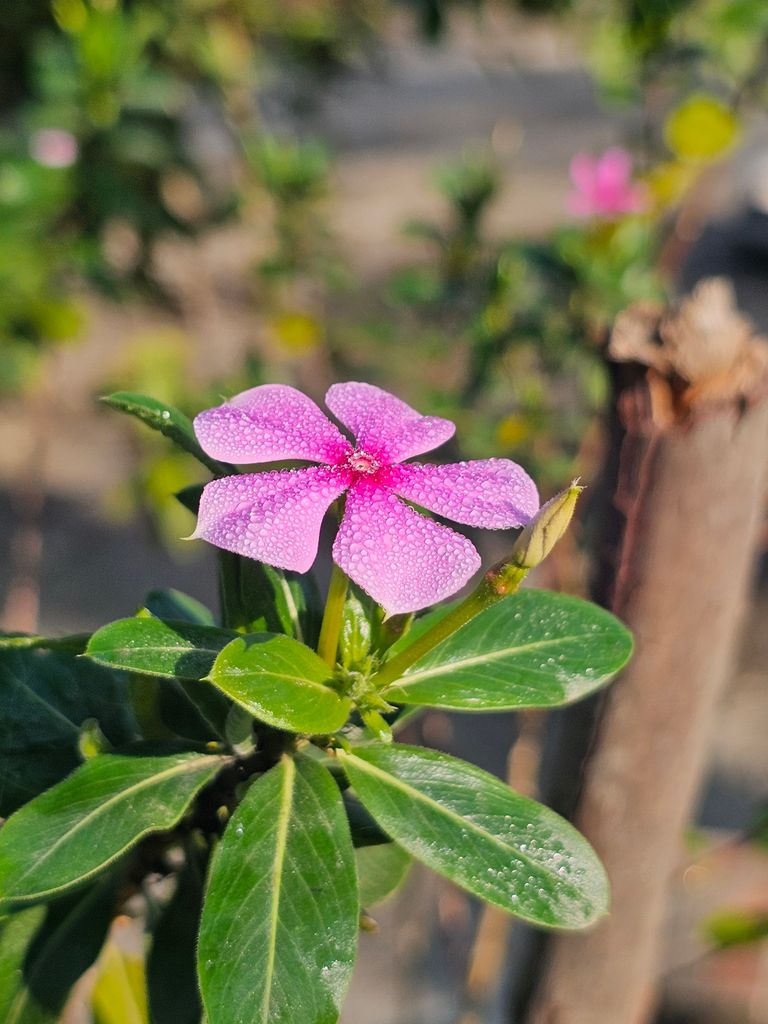The periwinkle (scientific name: Catharanthus roseus) is a popular ornamental and medicinal plant. It is usually grown in warm and tropical regions and is available in various colors, such as pink, white, purple, etc.
Various information about the periwinkle
- General introduction
Scientific name: Catharanthus roseus
Family: Apocynaceae
Place of origin: Madagascar, but now found worldwide
Common names in Bengali: periwinkle, sandhyamani
English name: periwinkle, Madagascar periwinkle
- Plant description
Type: Small herbaceous plant
Height: Usually grows up to 30-60 centimeters
Leaves: Green, shiny and oblong
Flowers: Five-petaled, usually pink, purple, white or light reddish
- Cultivation and Care
Weather: Grows well in hot and humid climates
Soil: Grows well in sandy and loamy soils
Irrigation: Does not require much water, but needs to be watered occasionally
Sunlight: Requires adequate sunlight, but can also grow in light shade
- Medicinal properties
Cancer treatment: Vincristine and Vinblastine are two important drugs made from the extract of the Nayantara flower, which are used in the treatment of leukemia and other cancers
Diabetes: The juice of Nayantara leaves is helpful in controlling blood glucose levels
Blood pressure: Helps reduce high blood pressure
Skin diseases: The plant extract is used for various skin problems
- Symbolic meaning
The Nayantara flower is considered a symbol of patience, love and friendship
In some cultures, it is also known as a symbol of happiness and longevity
- Side Effects and Precautions
Some components of the Nayantara plant can be toxic, especially if taken in excess
A specialist should be consulted before using it for medical purposes
Nayantara flower is not only used for beauty enhancement, it is also used as an important medicinal plant. If you want to plant it in the garden, you can easily grow it in a tub or in the ground.



